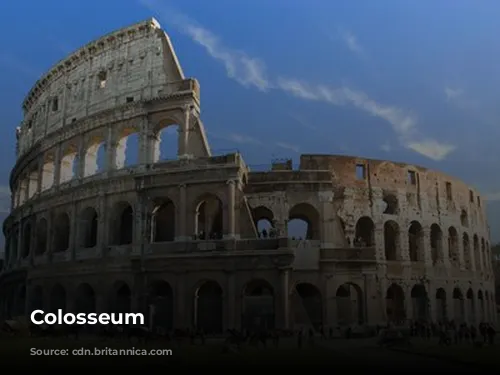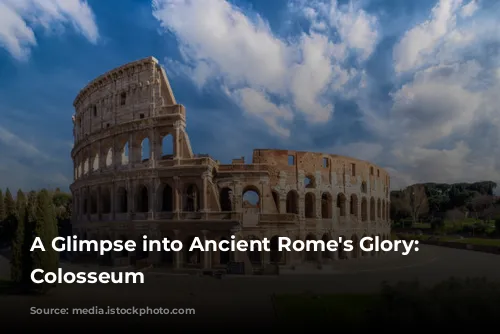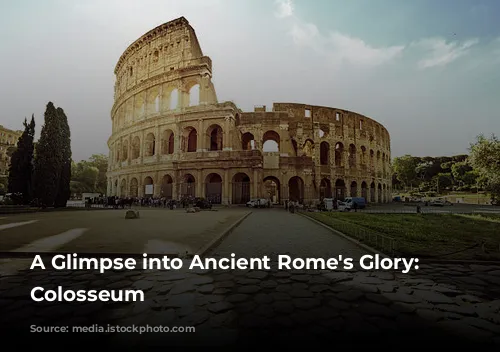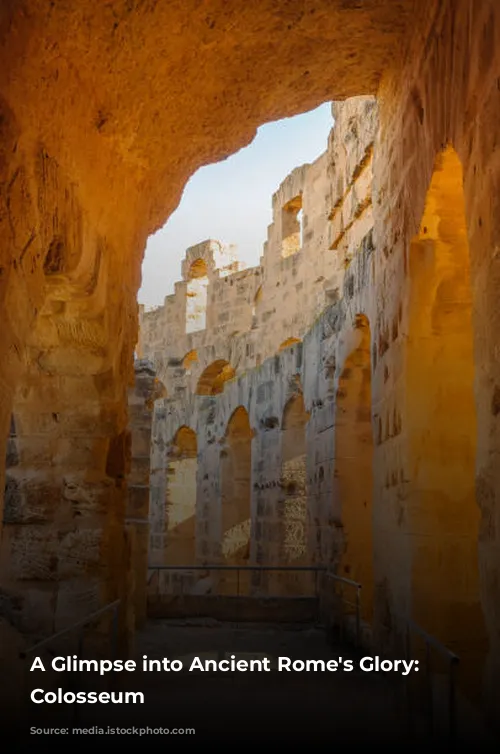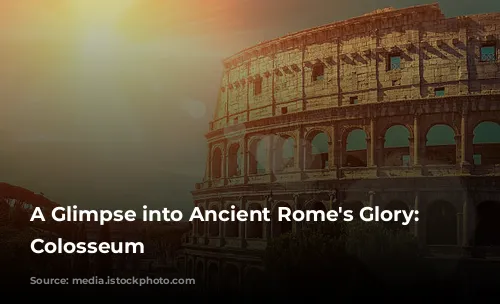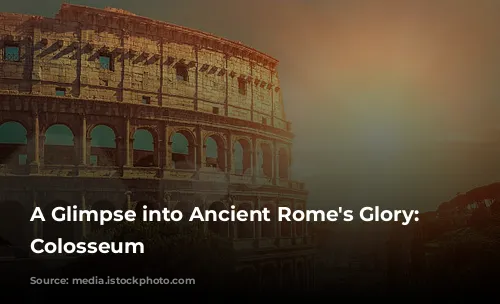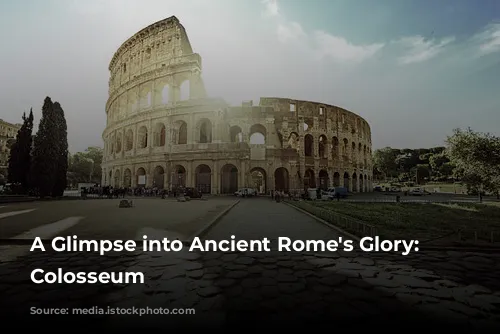The Colosseum, a towering symbol of Roman ingenuity, stands proudly as a testament to the empire’s architectural prowess. It’s not just an awe-inspiring structure; it’s a money-maker for the Italian government, attracting millions of tourists each year. In 2018, the Colosseum, along with the Roman Forum and Palatine Hill, brought in over $63.3 million (€53.8 million), making it the top tourist attraction in Italy. This ancient wonder is a treasure trove of history and a testament to Rome’s enduring legacy.
A Monument to Roman Resilience
The Colosseum’s story is a tale of grandeur and decline, followed by a long journey to revival. After the fall of the Western Roman Empire, the magnificent arena fell into disrepair. For centuries, it was a forgotten relic, its grandeur overshadowed by time. In the 12th century, the Frangipane and Annibaldi families, vying for power, turned the arena into a fortified stronghold. This marked a dark period in the Colosseum’s history, where its purpose shifted from a venue of entertainment to a stage of conflict.
By the late 15th century, the Colosseum became a quarry for building materials, further chipping away at its once glorious facade. The once-imposing arena was left to crumble, its beauty stripped away piece by piece. The Colosseum, once a symbol of Rome’s might, was now a source of materials for other structures, a sad commentary on the fleeting nature of power and glory. It was only in the 1990s, after over a thousand years of neglect, that state-funded restoration efforts breathed new life into the Colosseum. A monumental effort began to restore the arena’s grandeur, bringing it back to its former glory.
From Entertainment to Power: The Colosseum’s Birth
The Colosseum wasn’t built in a vacuum; it was a deliberate move by the Roman emperor Vespasian to solidify his power and re-energize the empire. Rome had just experienced a tumultuous year, known as the “Year of the Four Emperors” in 69 CE, leaving the empire unstable and fragile. To unite the people and showcase his authority, Vespasian, much like his predecessors, turned to the arena.
He envisioned the Colosseum as a stage for grand spectacles, a place where gladiators would clash, exotic animals would be hunted, and even mock naval battles would unfold. This grand arena was not just meant to entertain; it was a tool for control and a means to project power.
A Structure Built on Ambition and Exploitation
Construction of the Colosseum began during the reign of Vespasian, between 70 and 72 CE. Its completion, however, was marked by the reign of his son, Titus, who dedicated it in 80 CE. His successor, Domitian, added the fourth story in 82 CE, further embellishing this monumental structure.
It is crucial to note that the Colosseum’s construction was funded through the plunder from Titus’s conquest of Jerusalem in 70 CE. The arena was built with the spoils of war, a harsh reminder of the empire’s expansionist ambitions. The workers who brought this grand vision to life were not skilled laborers, but enslaved Jews from Judaea, a chilling reminder of the human cost of empire.
A Colossal Structure of Stone and Concrete
The Colosseum is an elliptical arena, also known as the Flavian Amphitheatre, built using stone, concrete, and tuff. This majestic structure rises four stories high, spanning 620 by 513 feet (189 by 156 meters), and could accommodate a staggering 50,000 spectators. It was the heart of gladiatorial combat, a spectacle that captivated the Roman masses and defined Roman entertainment.
The Symbol of Roman Entertainment
The Colosseum wasn’t just built on the ground; it was built on the foundations of ambition. It was a deliberate replacement for Nero’s Golden House, a symbol of tyranny and excess. Vespasian, who rose from humble beginnings, chose to replace Nero’s private lake with a public amphitheater that could host tens of thousands of Romans.
Unlike earlier amphitheaters, which were built into hillsides for support, the Colosseum was a freestanding structure. It was an engineering marvel, constructed using a complex system of barrel vaults and groin vaults. Its three stories were adorned with arcades framed by engaged columns in the Doric, Ionic, and Corinthian orders, an architectural display that became a cornerstone of Renaissance architecture.
A Stage for Spectacle and a Symbol of Resilience
The Colosseum, with its towering structure and vast capacity, offered a unique experience for its spectators. A retractable awning, the velarium, shielded them from the sun. This elaborate system, manipulated by skilled Roman sailors, ensured that the spectacle could continue uninterrupted, even under the scorching Roman sun.
The Colosseum witnessed a wide array of entertainment, from thrilling gladiatorial combat to contests between men and animals and even staged naval battles. The arena, however, was not just a place of entertainment; it also served as a stage for various displays of power, including executions.
Though there is no concrete evidence, the Colosseum is often associated with the martyrdom of early Christians, further adding to its historical significance and mythical aura.
The Colosseum was more than just an entertainment venue; it was a reflection of Roman society, a testament to their power and their fascination with spectacle.
The Colosseum’s Legacy
The Colosseum’s story isn’t confined to its past. It’s a story of resilience, of a structure that has survived through time and endured the ravages of war, neglect, and natural disasters.
The Colosseum’s journey from its glory days to its near ruin and then back to its current status as a beloved tourist destination is a testament to the power of human ingenuity and the allure of history. It stands today as a reminder of Rome’s past, a monument to their architectural prowess and a symbol of their fascination with spectacle.


